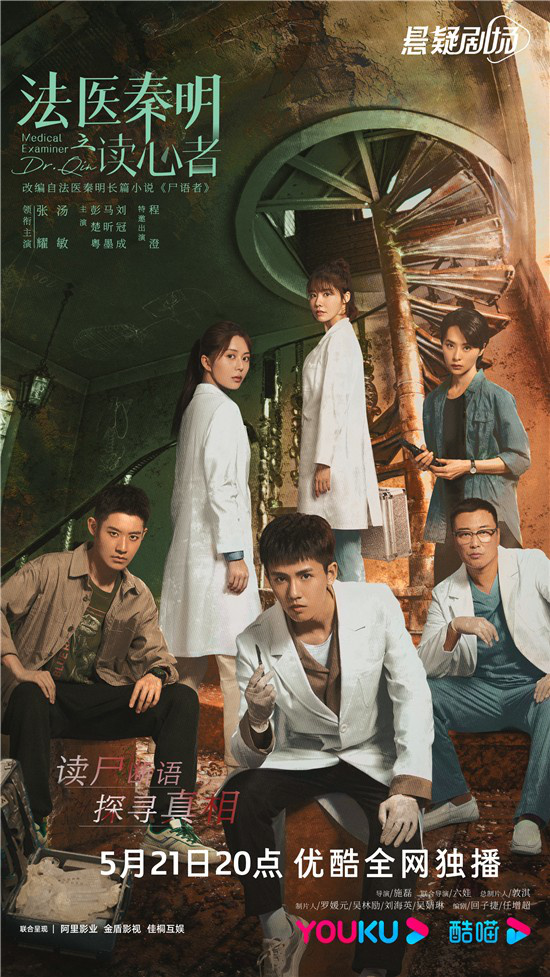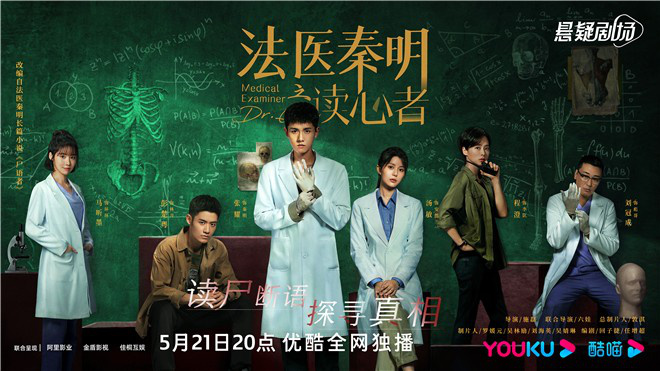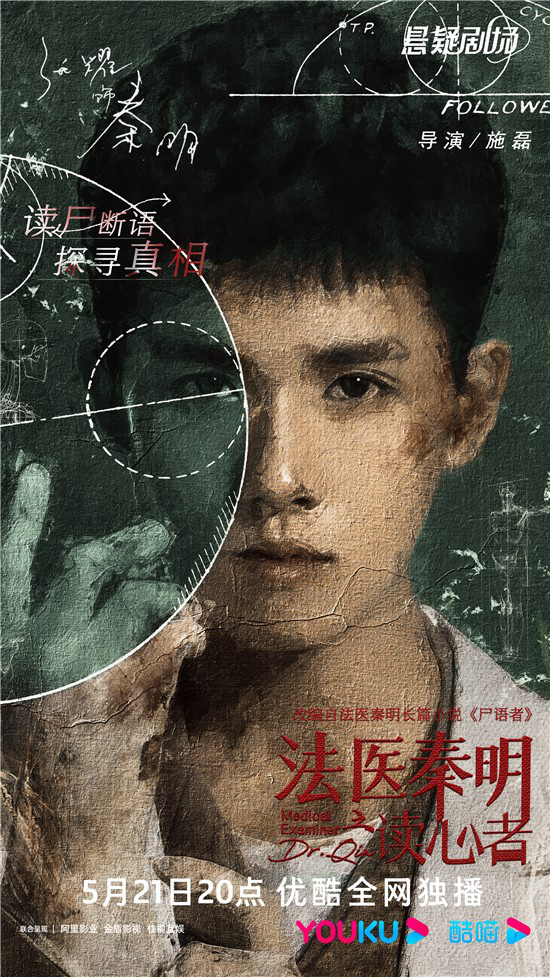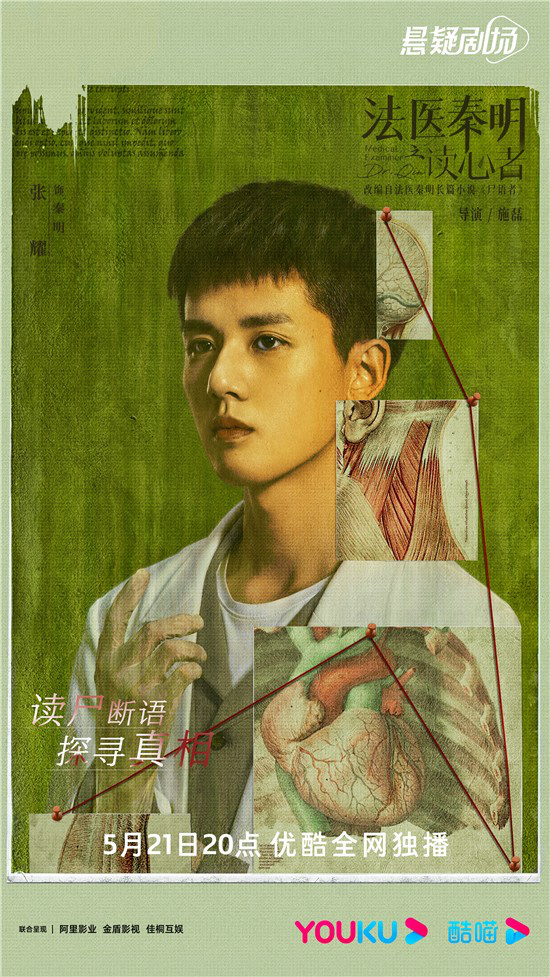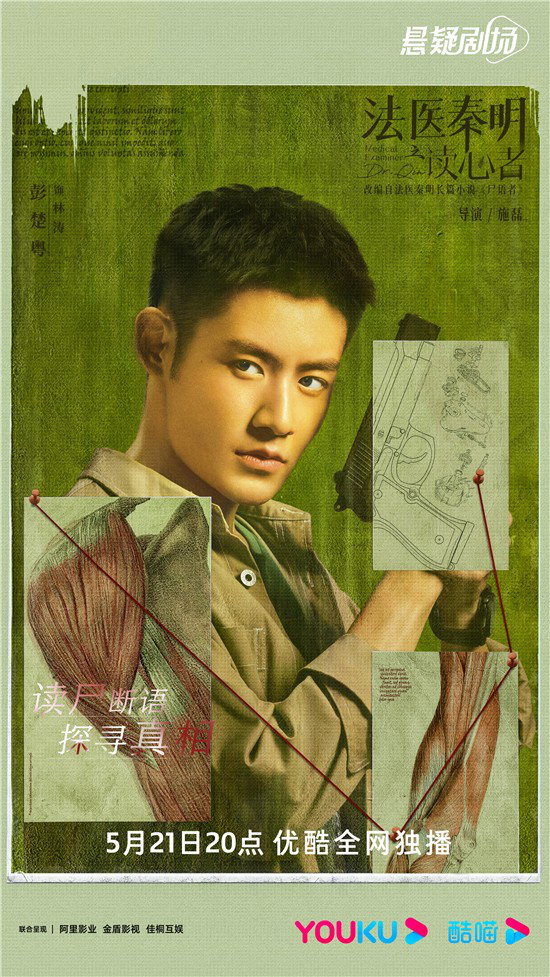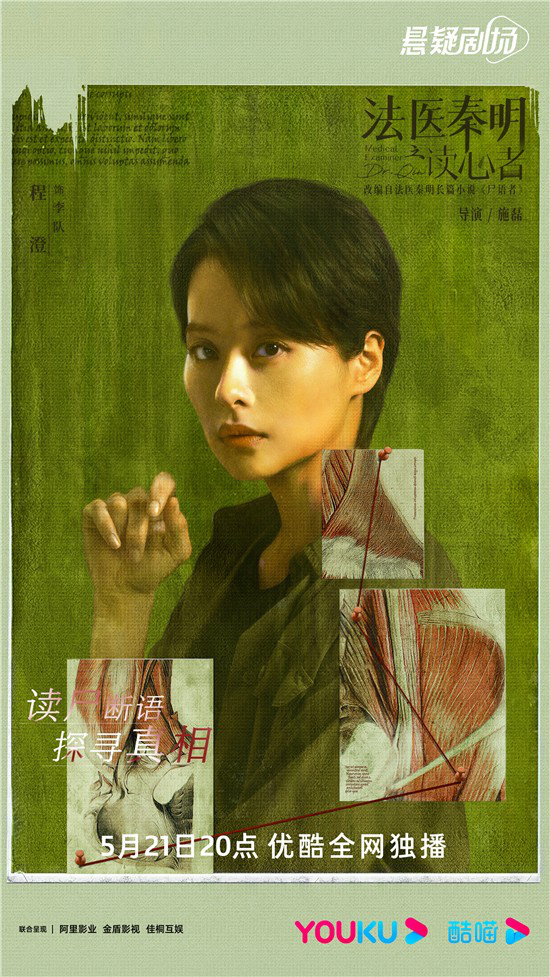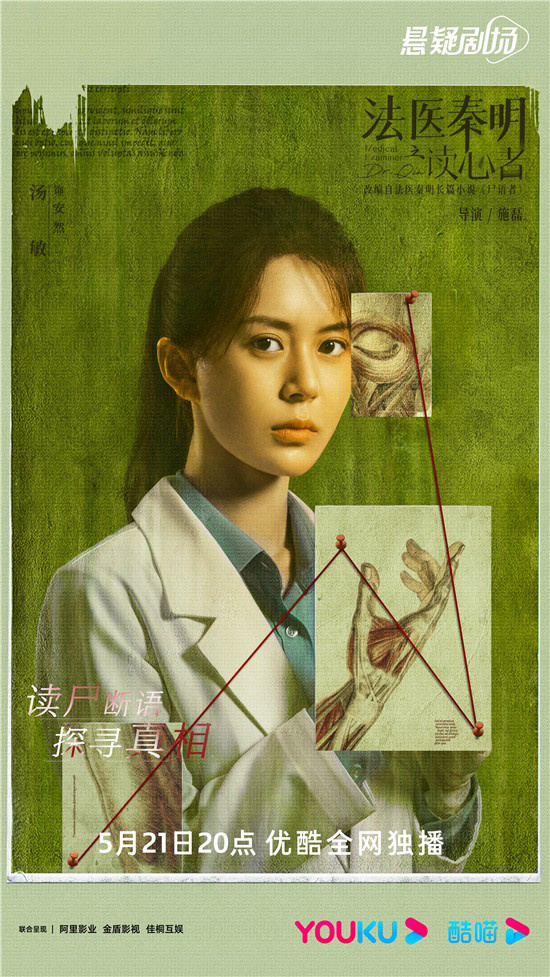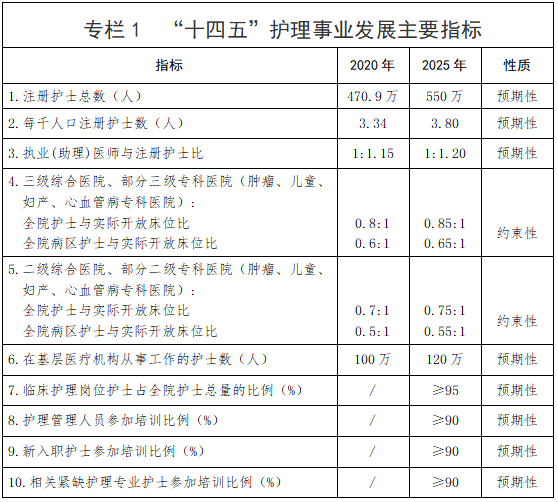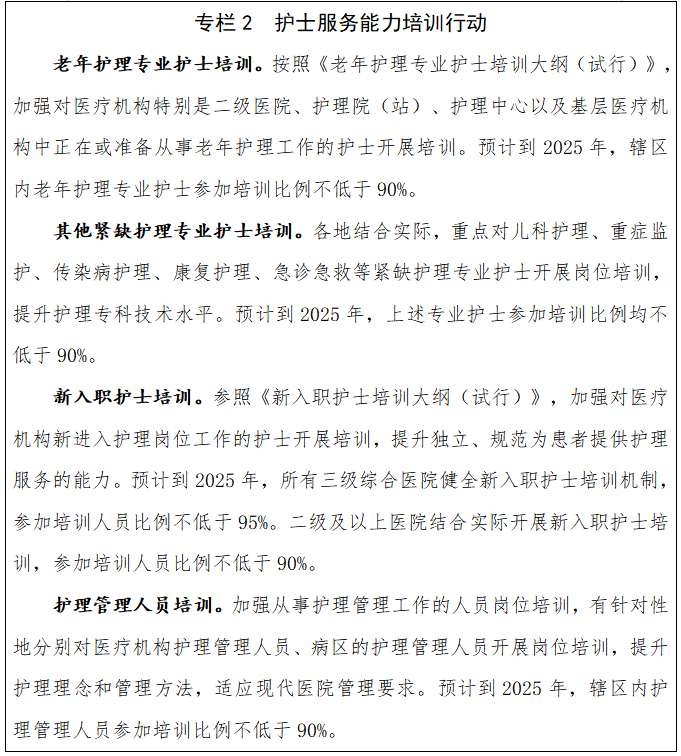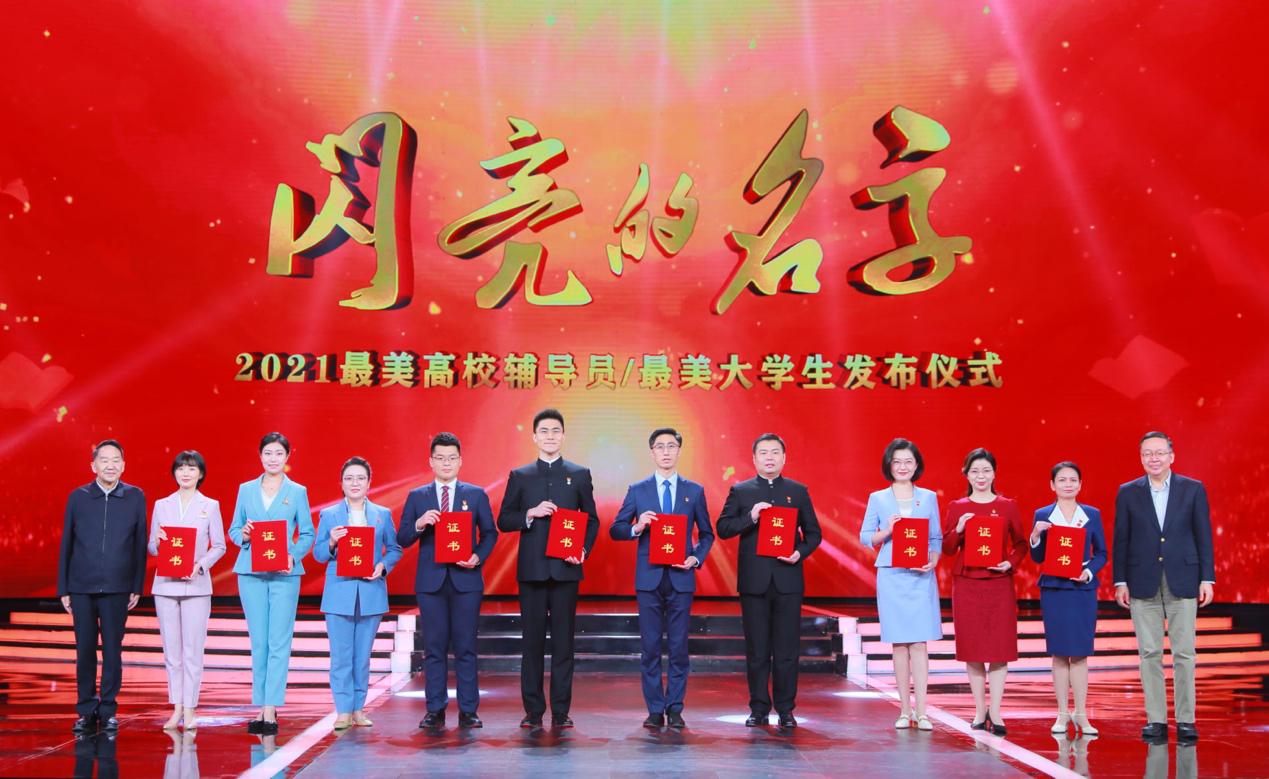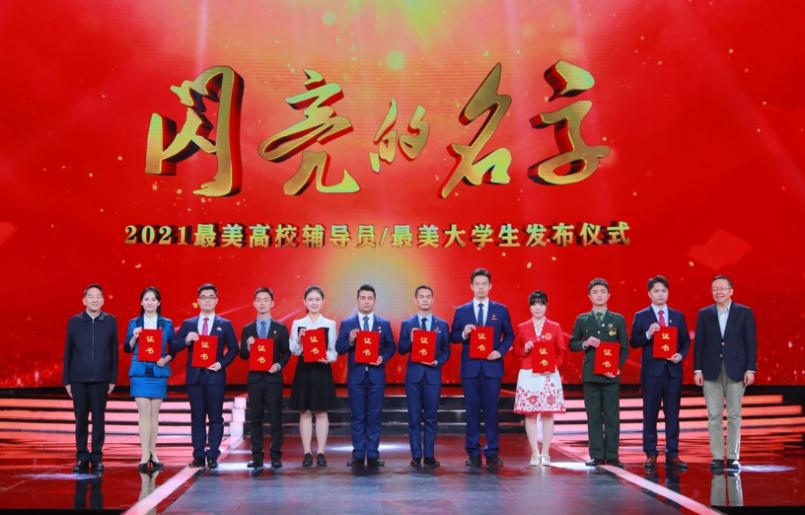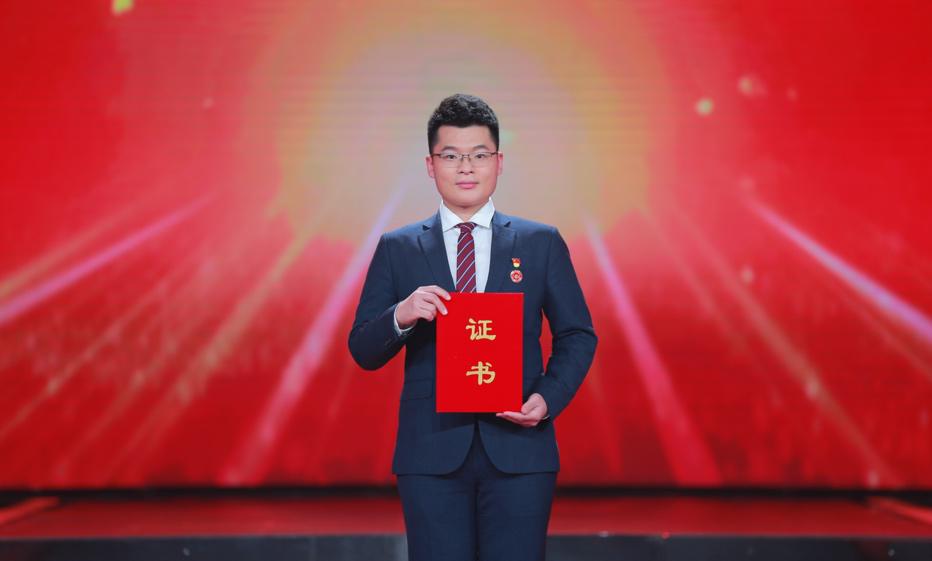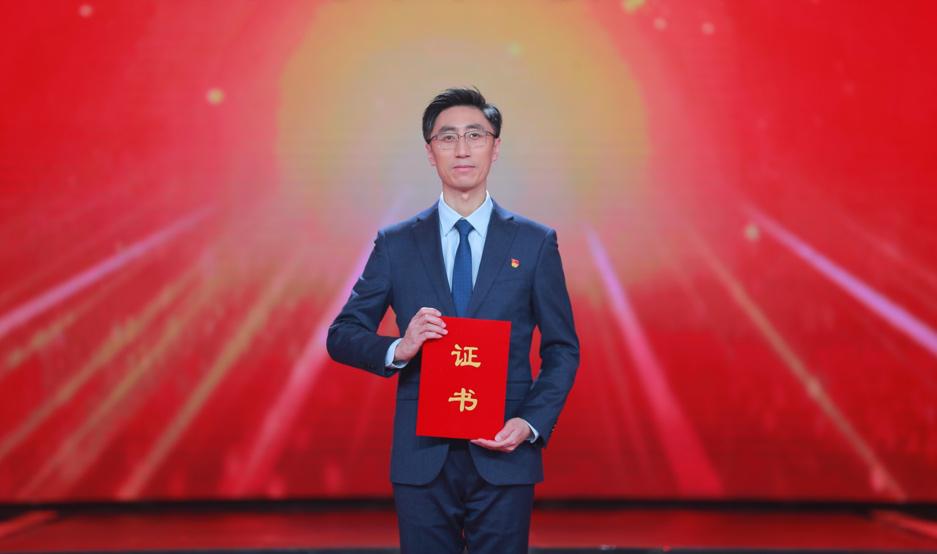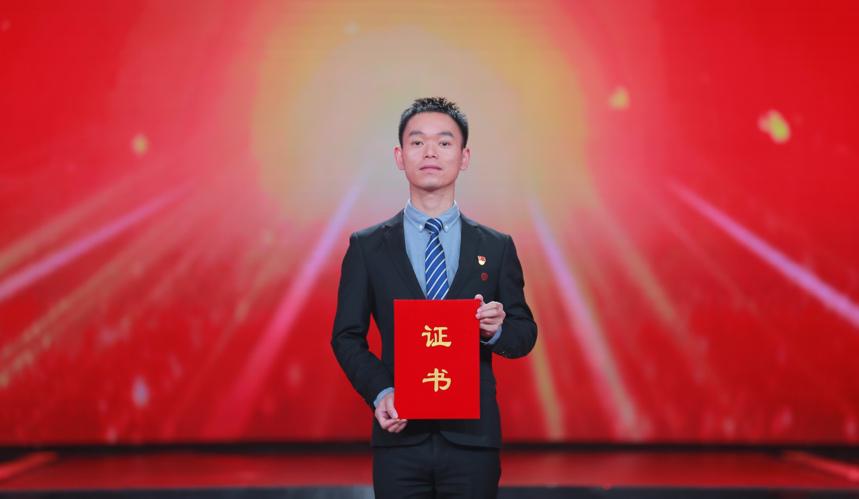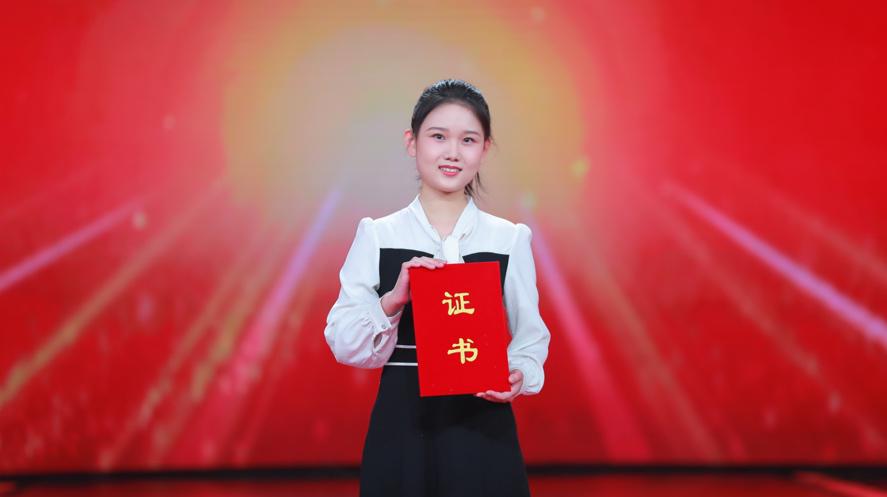[Letters from home send thoughts, Qingming Festival sacrifices new folk customs]
editorial comment/note
As one of the important traditional festivals in China, Tomb-Sweeping Day is entrusted with the grief of the present people for their ancestors. In recent years, with the change of people’s life style, Tomb-Sweeping Day’s sacrificial ways and customs are also slowly changing. This year, in Tomb-Sweeping Day, memorial activities with the theme of reading and writing letters from home were launched in various places and even on the Internet. A letter from home embodies family love and feelings of home and country. By reading and writing letters from home, people have not only completed the memory of their deceased relatives, but also accumulated spiritual strength for the family tradition to pass on and move on. In this Tomb-Sweeping Day, let’s read the touching stories in the letters from home.
On the Internet, write a letter for the deceased relatives.
Guangming. com reporter Li Zhengyi
"I can’t blow the willow whistle my grandmother made for me anymore, and I can’t eat the eggs fried by my mother … …” On the eve of Qingming Festival, a netizen "Linxi" made a sacrifice to sweep the platform through the Internet, and wrote several home letters for the deceased relatives.
"These emerging ways of sweeping sacrifices are not only civilized and clean, but also not limited by time and space. Even wanderers in the distance can mourn at any time." Because they live abroad all the year round, it is difficult for the Linxi family in Tomb-Sweeping Day to return home to visit their relatives’ graves every year. Two years ago, she created an online memorial hall for the dead relatives in her family on the website that provides online sacrifice and sweeping services. Every time she goes to Tomb-Sweeping Day, she and her family will open a webpage to burn incense, light candles, offer flowers and leave messages for their loved ones.
In recent years, it has become a popular way to express grief for the deceased relatives through the Internet memorial platform.

In Shaoxing, Zhejiang Province, several students performed online sacrificial sweeps during the Qingming Festival. Bright pictures/vision china
Green and environmentally friendly civilized sacrificial way
With a click of the mouse, you can easily complete the whole process of sacrifice. Many people’s practices are similar to those of the netizen "Linxi". Being in a foreign country, they can’t go back to their hometown to pay homage to the cemetery, so they mourn through the Internet.
Since the 1990s, online sacrificial sweeping has gradually become popular in China. At present, there are many websites in China, such as Wynn, Paradise Memorial, China Mausoleum and so on, which provide online sweeping services. The reporter found that these websites can provide services such as establishing online memorial halls, high-simulation online memorial services, holding online memorial services, publishing memorial articles, and even some websites can provide new technologies such as VR and 3D, so that netizens can feel the scene of sweeping graves on the spot.
"Now there are almost no family ancestral temple residents in the city, and many rural ancestral temples have become tourist attractions only for visiting. In the absence of sacrificial places, online sacrifices provide a new space for people to pin their thoughts. " Zhong Fulan, a professor at the School of Social Development of East China Normal University and president of the Shanghai Folk Culture Society, was deeply touched by this.
Paper dust is flying and black smoke is filled. Traditional folk sacrifice methods will not only cause environmental pollution, but also easily cause safety hazards such as fire.
"Every year in Tomb-Sweeping Day, the phenomenon of thousands of troops sweeping graves has caused traffic congestion, people gathering and other problems, and even brought many unstable factors to urban governance." Zhong Fulan believes that the new form represented by online sacrifice sweeping has the characteristics of civilization, green, frugality and safety, and has gradually become a new trend of adhering to tradition and promoting traditional folk culture, which is more conducive to correcting the traditional habits of funeral sacrifices such as luxury and comparison.
In order to advocate a green and civilized way of offering sacrifices, government departments at all levels have also launched online sacrifice sweeping platforms to guide the masses to remember their old friends through the Internet. For example, this year, the Huaihua Civil Affairs Bureau and the Municipal Civilization Office of Hunan jointly created the "China Qingming Network Huaihua Pavilion"; The Civil Affairs Bureau of Chifeng, Inner Mongolia, also commissioned a technology company to establish the "Chifeng Sacrifice Network" through the government’s purchase of services.
Reading letters from home online has gradually become a new way of offering sacrifices.
Among the increasingly diverse ways of internet sacrifice, reading letters from home is quite eye-catching. During the Qingming period this year, Tianjin put forward the idea of "paying homage" instead of "paying homage", and opened the "Jinyun" service platform to carry out online memorial sweeping activities with "a letter from home, Qingming I want to tell you" as the main content, so that netizens can send deep grief to the deceased through a letter from home.
"Rather than calling the ritual of reading letters from home online a new folk custom, it is better to think of it as the inheritance and innovation of traditional folk customs in the Internet age." Yi Hua, executive deputy director and secretary-general of china funeral association Expert Committee, believes that this new form of sacrifice is an observation and understanding of history and culture, which leads to consensus and recognition, and presents and protects the essence of traditional family letter culture in the form of the Internet. "From a national level, this is the continuation of the roots of national culture; From the family level, it is the bearing of family emotions. "
"In essence, in recent years, the change of Tomb-Sweeping Day’s sacrificial sweeping mode is the return of the sacrificial sweeping core — — A review of the memory of loved ones and the value of life. " In Yihua’s view, as a cultural heritage with profound traditions, the change of its customs will also be closely related to social development and civilization progress. With the concepts of environmental protection, science and technology, and humanities deeply rooted in people’s hearts, changing customs will become a cultural introspection force.
Funeral industry should become a "memory workshop" for spiritual service
Compared with other traditional festivals, Tomb-Sweeping Day has the dual identity of solar terms and festivals, and has two emotional atmospheres: solemn sadness in grave-sweeping and joy in outing.
"Never look down on Tomb-Sweeping Day, as if Tomb-Sweeping Day was sweeping graves and burning paper money." Zhong Fulan believes that the significance of Tomb-Sweeping Day lies in sending his thoughts and respects to his deceased relatives, ancestors, sages and heroes. This sacred life exchange ceremony constitutes an important driving force for people’s tenacious survival and pursuit of happiness. "The value that cannot be ignored in Tomb-Sweeping Day lies in the cohesion of the national spirit through festivals, parties and the inheritance of customs and habits."
"The funeral industry in the future should not be a resource-consuming industry, but a cultural and spiritual service provider ‘ Memory workshop ’ . For example, epitaphs, commemorative ceremonies, life movies, family history of the people, online memorials, etc. " Yihua believes that with the process of urbanization, for many families who are far away from home and go abroad in cities, Qingming Festival has increasingly become a spiritual bond to maintain their hometown and family. Sacrifice to internet plus ’ As an innovative service, it can be continuously developed and improved only by adapting to different memorial customs, urban and rural realistic conditions and market demand. "
"Sacrifice is not in form, but in connotation. What the ancients said ‘ Be cautious and pursue the distance, and the people’s morality will return to the thick ’ This is the core essence of the Qingming Festival. " Zhong Fulan proposed that we should vigorously advocate the new civilized style of "nurturing before death and offering sacrifices after death". A bunch of chrysanthemums, three bows, a few moments of silence, and long meditation, as long as the feelings are sincere, no matter how you remember them, no matter where you pay homage, you can express the memories and thoughts of the living to the deceased.
Our home is on the letter and on the road.
— — Qiu Shanshan, a writer, remembers the letters and family style left to her by her father.
Guangming Daily reporter Li Xiaodong

Bright pictures of Qiu Shanshan’s letters
This Tomb-Sweeping Day writer Qiu Shanshan went to Hangzhou from Chengdu thousands of miles away to visit his father’s grave. Since her father died in 2013, this has become a routine for her every spring.
In Qiu Shanshan’s life memory, he always gets together with his parents. She said, "Our home is not in a certain place, but in a letter and on the road … …” But even if it is far away, through letters and telephone calls, family ties are always closely linked.
Two years after his father died, Qiu Shanshan and his family sorted out his father’s relics and found a box full of letters left by his father. The letter was wrapped in a newspaper, indicating whose letter it was and which year it was from. There are thousands of letters left, including more than 500 written by Qiu Shanshan.
"When we saw such a box full of letters, we were still shocked, moved and sad. In particular, I have never been with my parents since I became a soldier. From the 1970 s to the 1980 s, I relied on writing letters. " Qiu Shanshan said that rereading and sorting out these family letters not only clearly saw his growth mark step by step, especially in his youth, but also appreciated the kindness of his parents’ training and education. These family letters are the records of life, the inheritance of family style and the epitome of an era. She said: "In the process of sorting out, I looked back and even thought of some people and things that I had forgotten for a long time."
Qiu Shanshan went to work as a soldier and went to college. For a long time, her mother was in Hangzhou, her father was in Changsha, her sister was in Xi ‘an, and she was in Chengdu. The family of four lived in four places, and the contact was based on letters, which lasted until the telephone became popular in the early 1990s. Every Spring Festival, the family always discusses where to reunite in the letter. Every thin page of stationery is the free flow of the family’s sincere feelings.
"Looking back, I am glad that I wrote so many letters to my parents and gave them a lot of comfort." Qiu Shanshan said that although it is a pity not to live with parents, frequent correspondence makes up for this regret.
"In my youth, I also had a lot of troubles and a lot of happiness to share with my parents." In Qiu Shanshan’s reply, I told my parents all my complaints and dissatisfaction, because my parents are very open-minded people and I am willing to share with them. Especially when she was in college, whenever she had all kinds of ideas, her parents always enlightened her: "Be down to earth, don’t aim too high." After four years in college, Qiu Shanshan wrote more than 150 letters to his parents, almost every week. So many years later, Qiu Shanshan specifically said in an exclusive interview: "My experience, temperament and education have made me only write honest things and convey honest feelings." "Because I believe in the power of simplicity, simple works and sincere expression, it can really be deeply rooted in people’s hearts."
Although letters are frequent, parents never preach simply in them. What impressed Qiu Shanshan most was that his parents often said, "Everything depends on your own efforts." Since she was a child, her parents have asked her to rely on herself in any difficulty. Mother said, "Don’t be temperamental, but suffer!" " "Our family doesn’t raise young ladies, but girls should also be raised coarsely."
The love and care that parents have infiltrated in the long years has exerted a subtle influence on Qiu Shanshan. She is not afraid of failure and insists on becoming persistent in her bones.
Qiu Shanshan’s writing started late, and her parents didn’t agree at first, but she liked it and her parents turned to support it. Qiu Shanshan went to Tibet for interviews again and again and was in the army for a long time. The novel "I am waiting for you in heaven" initially wrote tens of thousands of words and started all over again, but she never complained in the face of difficulties. After ten visits to Tibet, the documentary essay "Far Paradise" came out and won the Lu Xun Literature Prize. After 30 years of writing, even she was surprised by the number of works. Qiu Shanshan said: "I will think of my mother when I suffer hardships, because she asked me to be vigorous and full of energy since I was a child, and she attached great importance to the children’s ability to live."
Qiu Shanshan said in his blog: "From last winter to this spring, I have been writing a non-fiction work" Letter from Home "for three or four months." She sorted out the letters kept by her father and the letters kept by her parents, and added her own review and interpretation to become a "book of two places", the title of which is called "Letter from Home". Now this manuscript has been delivered to the publishing house and is expected to be published this fall. Qiu Shanshan said: "I want to commemorate my father and thank my mother."
You left, but you never left me.
— — Selected works of crowdfunding in Qingming micro-letters
I’m afraid of parting.
Wang Yichun
You left, but you never left me. There is no boundary between heaven and earth, but you live in my heart and I live in your sleep. You slept soundly, and you came to me with a smile from time to time, as if to let me tell you something. Listen, this young corn poppy is my chanting:
"Qingming is most afraid of wine in a glass, and it is difficult to hold hands around the soul. The golden bottle coagulates before the tears begin, and the broken eyes are all your voice. There is no more sorrow than parting, and who will be alone? I want to ride a white horse to the Heavenly Palace and ask my wife, Xianfu, if she is safe? "
You suddenly disappeared, it seems that you won’t let me say more. I chased you closely, holding this paper in my hand:
"I’m so sad that my love is still there, and my hand is still there."
You stopped and tried to stop me. I was afraid that you would disappear again and write more poems you liked before your death. Your shadow became clearer and clearer and never blurred, but why can’t I catch up with you? You see, the grass that broke the ground has sprouted, and they live up to the beauty of the spring breeze. Every time Chun Qing responds to the wishes of the East, the wind is clear and the rain is clear.
Viola yedoensis is in bloom.
Sugar man
Father, it’s Qingming Festival again.
The slight spring breeze seems to come from your breath, your sleep, warmth and kindness. Viola yedoensis is in bloom! These lovely flowers are like stars, scattered in the green grass, illuminating the eyes of the revived creatures in the lower places; They are like the joy that rose in our mother and son’s hearts when you opened the courtyard door at night when you came home late.
How many years, how many years! That joy is often inadvertently remembered and rises in the heart over and over again.
It’s Qingming again, the willow branches are stretched, the soil paste is moist, and we come back to you.
"Ten steps, there must be vanilla", and viola yedoensis is in full bloom in front of your sleeping door.
This is a happy day, and we are reunited in front of you, just like returning to a safe haven and talking to you earnestly.
Father, after the Qingming Festival, the swallows who came back with mud and grass began to nest under the eaves again. We won’t sigh or cringe during the trip. Because of your love and departure, we have learned to love and cherish.
(Works collected in "Bright Readers Club")
In the yellow and brittle letters from home, "be cautious and pursue the distance"
— — Director Xie Feipin reads "Letter from Xie Juezai"
Guangming Daily reporter Lu Bolin
Before the arrival of Tomb-Sweeping Day, director Xie Fei, who was nearly old, used to read more than 100 letters written by his father Xie Juezai to his family and villagers, and once again had mixed feelings: "Looking at these letters that have turned yellow and brittle, watching his father’s ever-changing brush calligraphy from young to old, and looking at those envelopes and stamps, I can’t help but feel the beauty and greatness of this letter communication method that has disappeared or will soon disappear forever!"
As the leader of the fourth generation directors, Xie Fei has another identity, that is, the son of revolutionary old man Xie Juezai. Last year, the book "Letters from Xie Juezai" compiled by him was published, presenting 115 letters from his father from 1920s to 1960s. In those meaningful and vivid handwriting, the old Xie Fei can go deeper into his father’s heart.

Bright picture of Xie Juezai’s letter manuscript
Xie Juezai joined the Communist Party of China (CPC) in 1925. He was admitted as a scholar in the late Qing Dynasty in 1905. Before joining the revolution, he had four men and three women with his wife He Dunxiu in his hometown of Ningxiang, Hunan. In September 1937, due to the needs of the revolution, he married Wang Dingguo in the office of the Eighth Route Army in Lanzhou, Gansu, and had five men and two women, among whom Xie Fei was one. The great changes of the times have brought complicated circumstances to Xie Juezai’s family life, and also made him show extra rationality and warmth in dealing with family problems.
"Living in ‘ Monogamy ’ ‘ Love first, then get married ’ Modern people in the era often don’t understand or like to mock and ridicule the marriage situation in the old days, but by carefully reading the letters that my father sent to his two wives in half a century, we can perceive the complicated existence and changes of Chinese’s life style and system in the past century, and ‘ Respect each other as guests and cherish family ties ’ A beautiful national tradition. " Xie Fei said.
According to Xie Fei, Xie Juezai joined the revolution when he was young, teaching and running newspapers, and was away for many years. After the "Ma Ri incident", but also cut off from home. Hubei Honghu Lake, Jiangxi Soviet Area, and the Long March in northern Shaanxi have never stopped him from writing letters and sending poems to his hometown, although his revolutionary career has been hard for more than ten years. In a poem sent to Mrs. He in 1937, he wrote affectionately: "The music book has been cut off for a long time, and life and death cannot be traced. Tired of your bitter thoughts, I will return to the morning after dusk. "
In the preface to "Letters from Xie Juezai", Xie Fei mentioned, "Father was a member of the imperial examination in the Qing Dynasty ‘ The last scholar ’ Poetry and articles are famous in the four townships, but my mother was illiterate when she married him. During the thirty-four years, my mother learned to write poetry and practice calligraphy with her father, and in her later years, she became a famous social activist in painting and calligraphy. Later, my father wrote a poem to celebrate my mother’s birthday: ‘ Fifty years after the summer went cold, the temples were still lined with wax flowers. After several visits to songhay, I am still healthy, and I am also immortal when I look down on the clouds. ’”
The mutual respect and friendship between the revolutionary veteran and his wife made the children and the younger generation appreciate and sigh.

A family in Xie Juezai took a bright picture.
In the early 1950s, great changes took place in China’s society, politics and life. Xie Juezai’s sons and daughters of Hunan, who are in their prime, hope that their father, who is a "big official" in Beijing, will take care of them and go out of the countryside to work in the city. So in many letters during this period, he was educating his children and grandchildren, relatives and friends to keep up with the new era and be a self-reliant worker.
"You will say that I am the officer ‘ Jiao Guan ’ . Yes, ‘ Officer ’ Instead of ‘ Jiao ’ , the world is in chaos; ‘ Officer ’ And ‘ Jiao ’ , turn chaos into safety. " In a letter to his eldest son on January 21, 1950, Xie Juezai wrote. The so-called "Jiaoguan" means "poor official" in the local dialect. Xie Juezai even compared himself to the famous long-term laborer "Zhou Laoguan" in the village, in order to show his intention of being a public servant and not being selfish.
"In my father’s life, writing letters is regarded as an important way of life. He not only communicates with his family, but also with colleagues and friends. He is more willing to communicate with people, readers and young students who he doesn’t know at all. " In Xie Fei’s view, the affection, nostalgia and people’s feelings in his father’s heart have long been integrated. Time flies, although many of my father’s letters are lost, the words contained in the book are enough to outline his life and become the most precious wealth for future generations.
In Tomb-Sweeping Day in 2017, Xie Fei read "Letters from Xie Juezai" again, and had a special taste.












